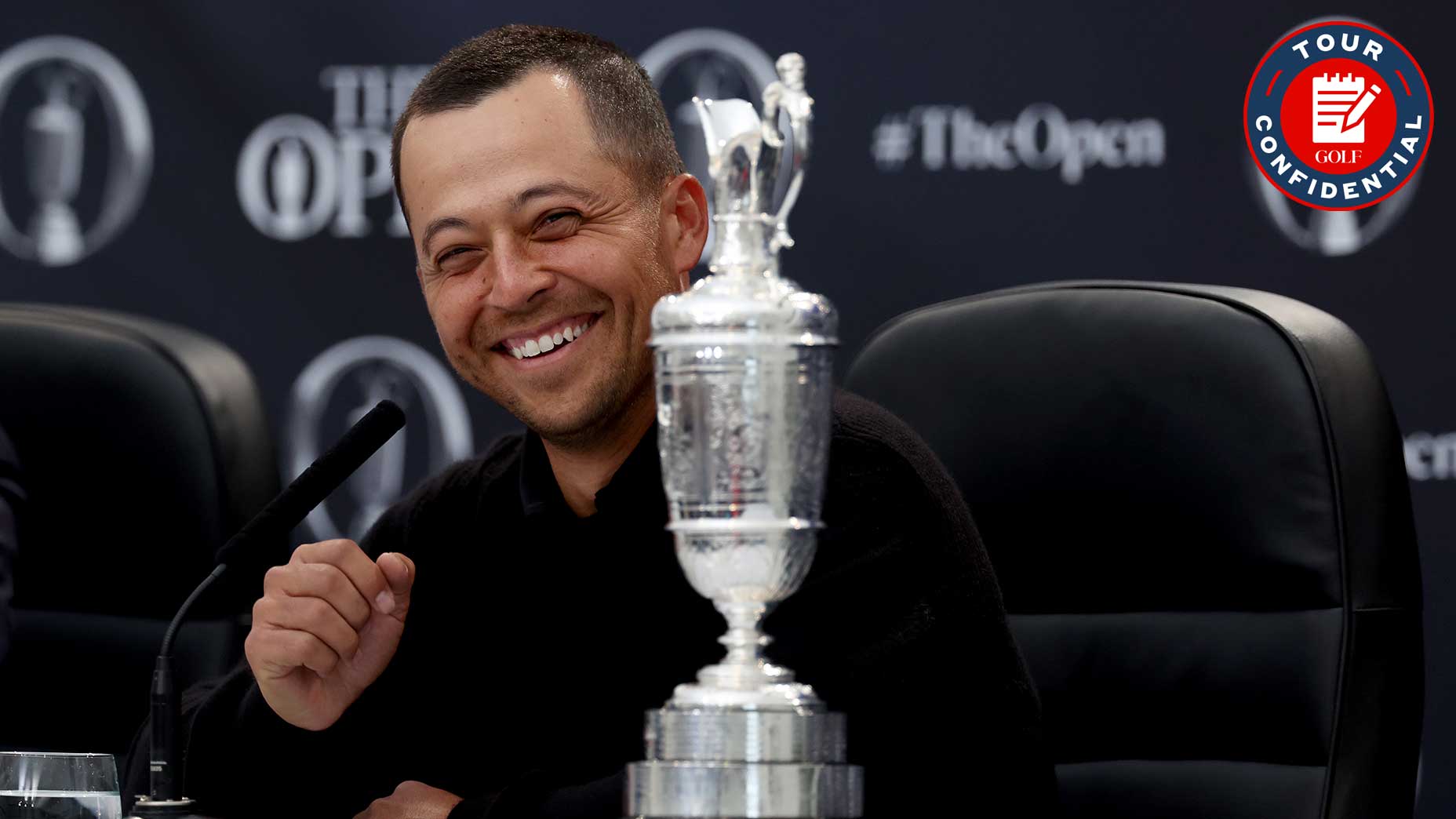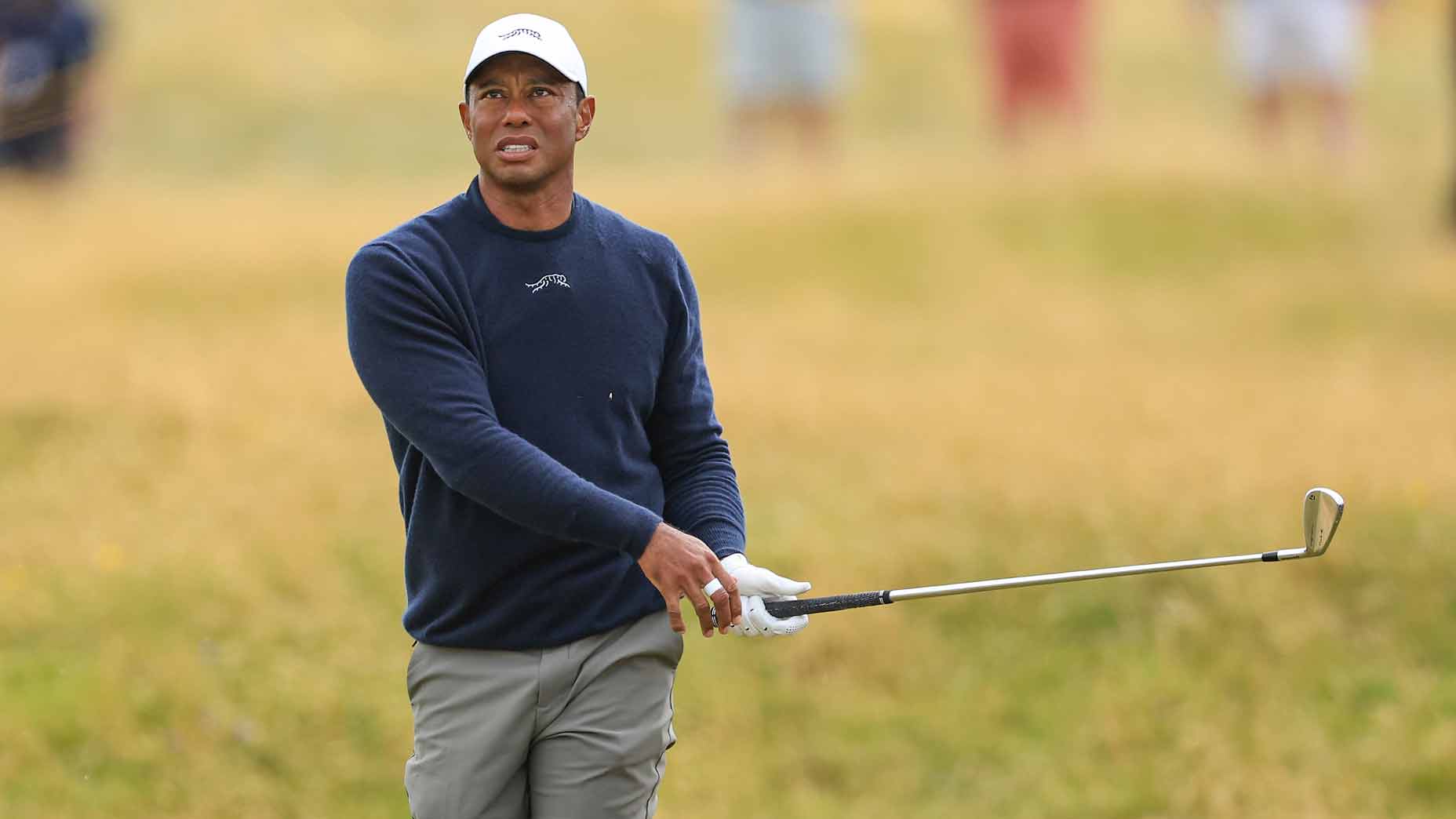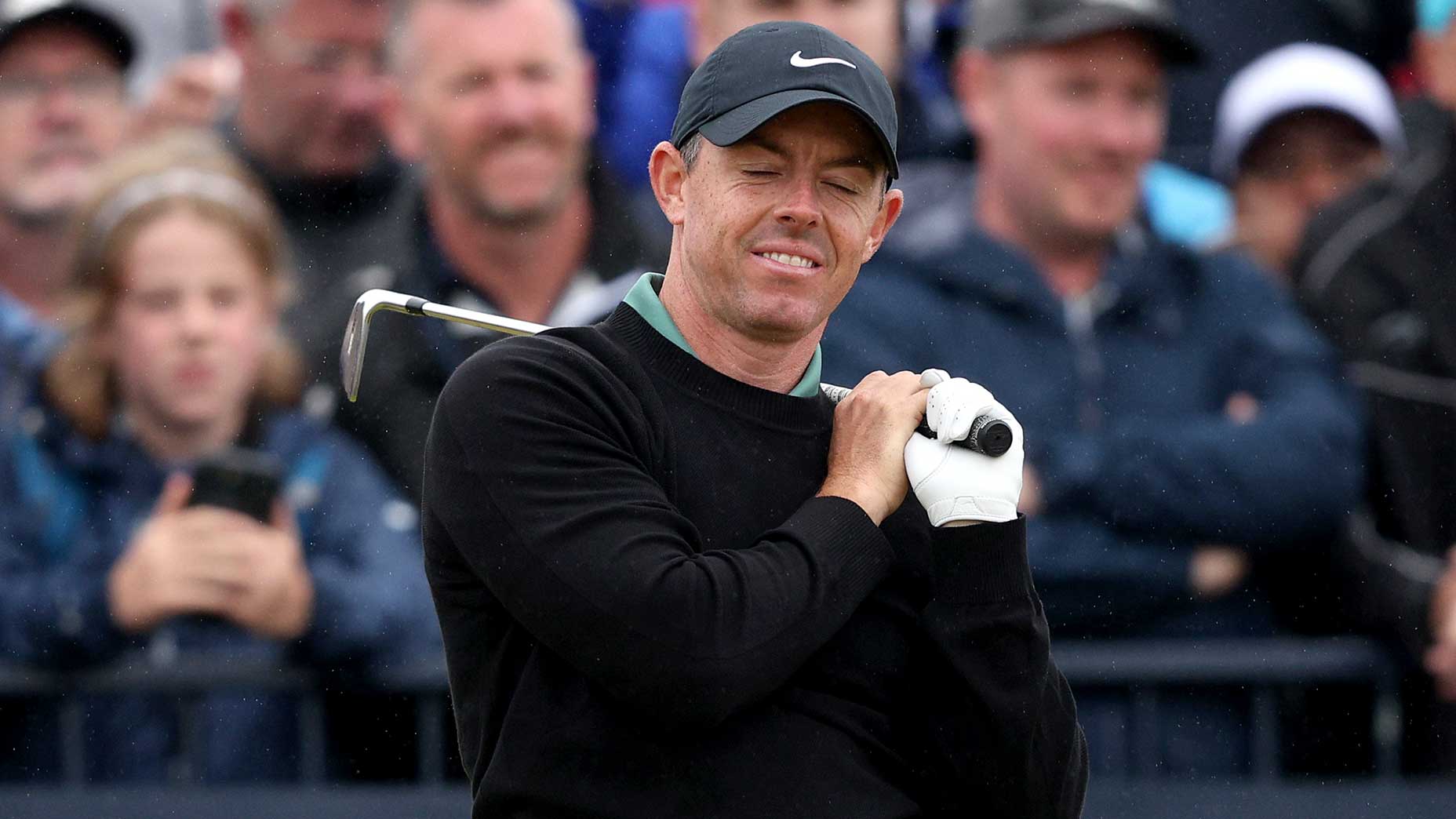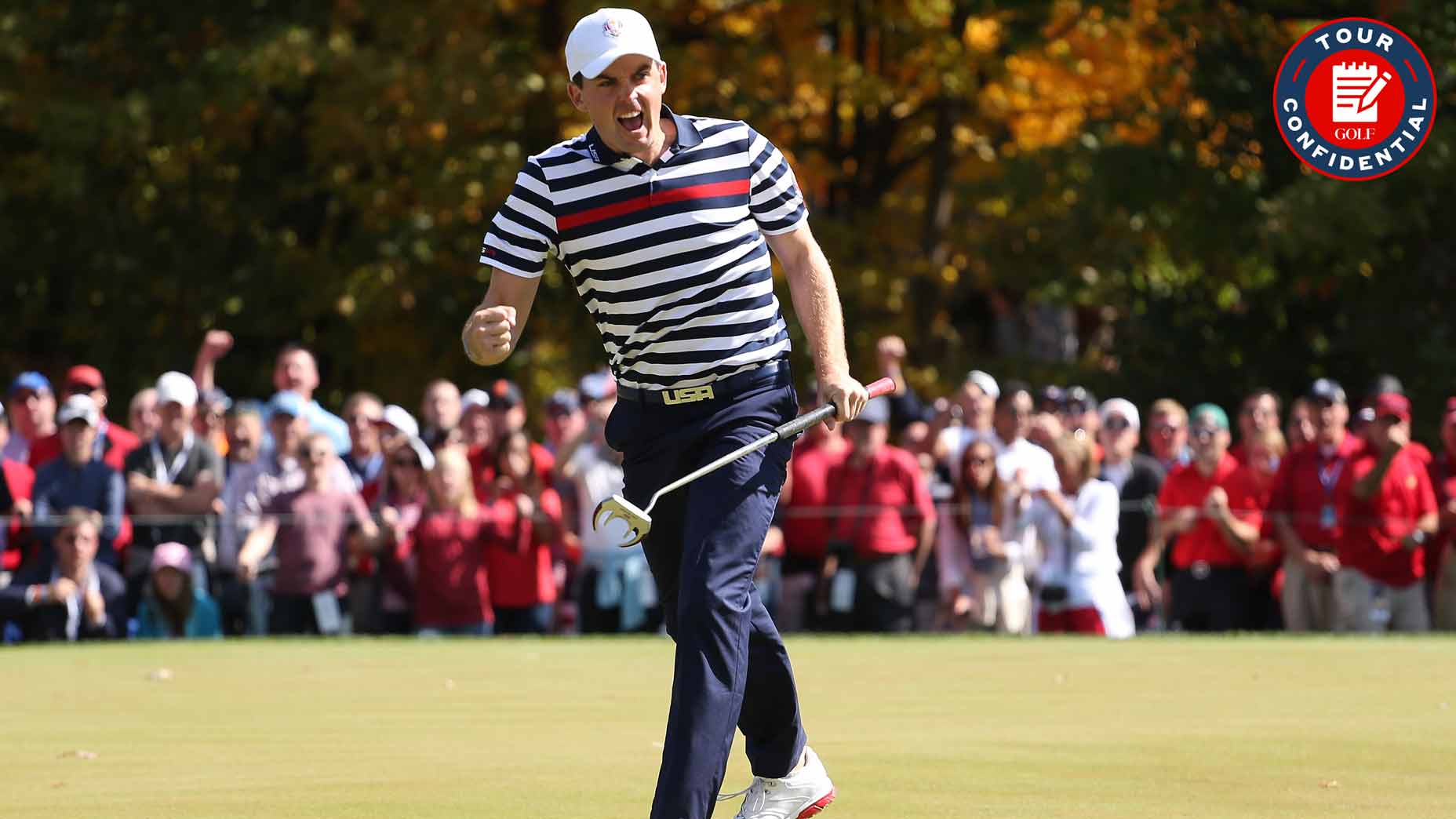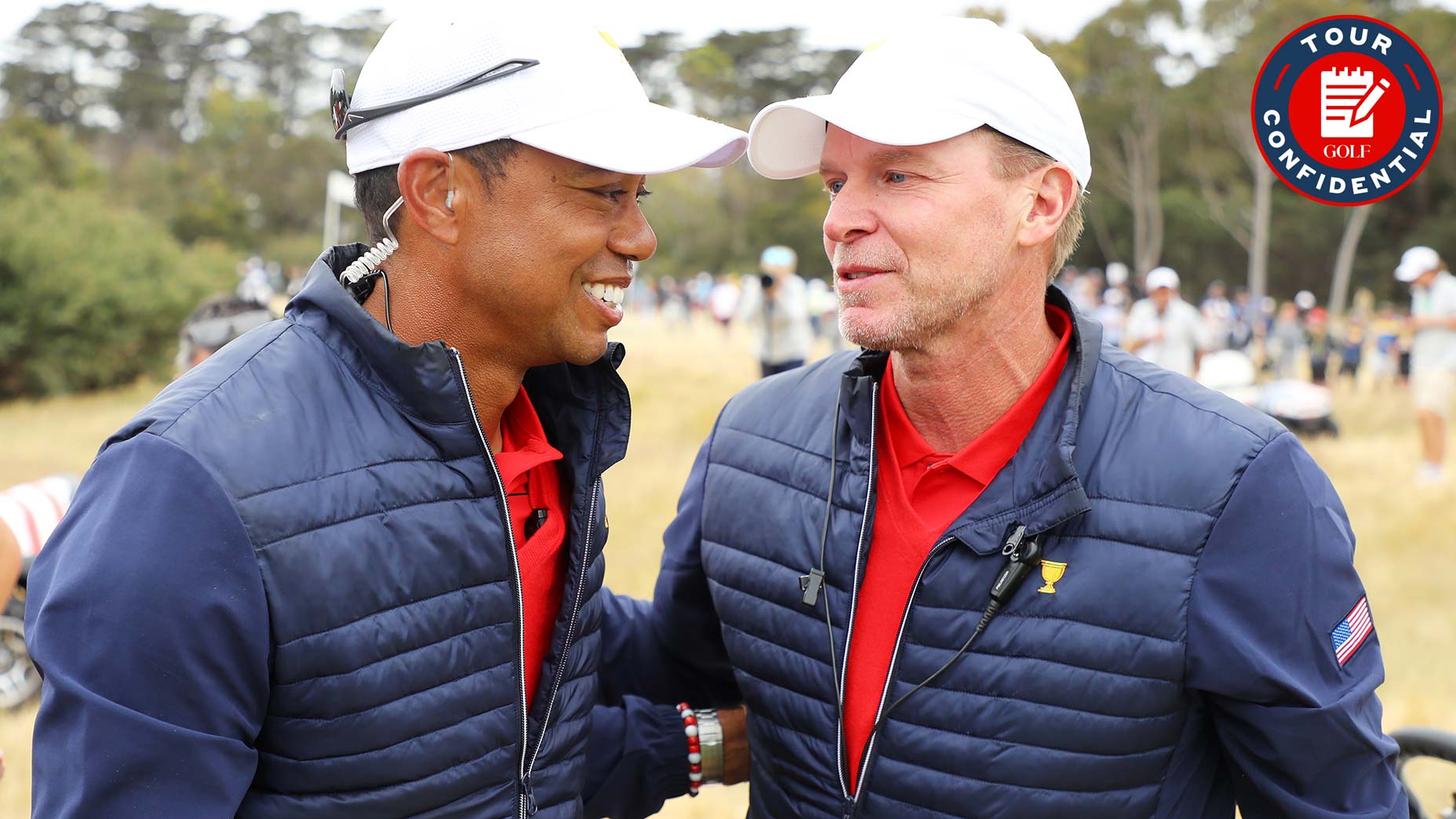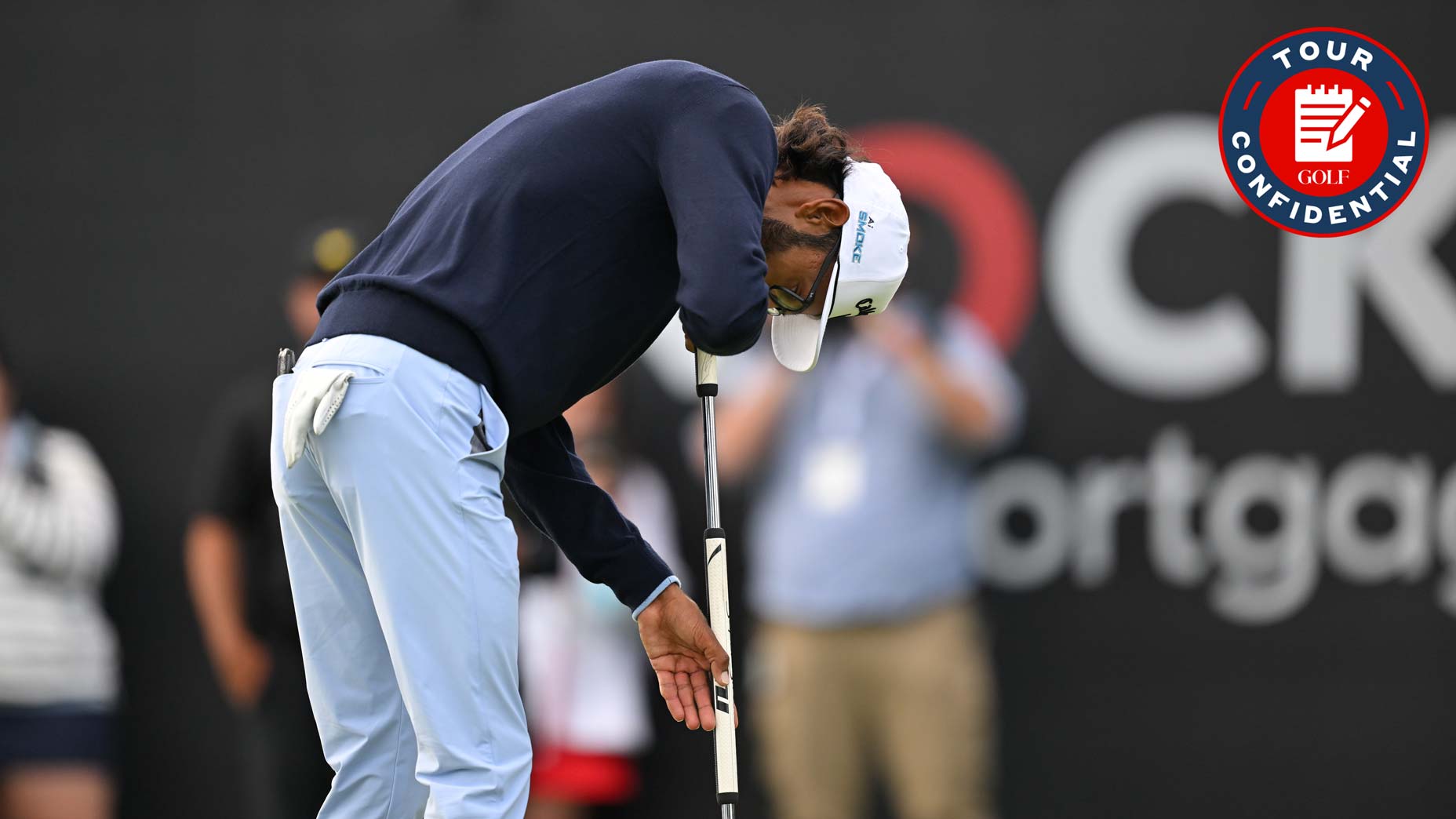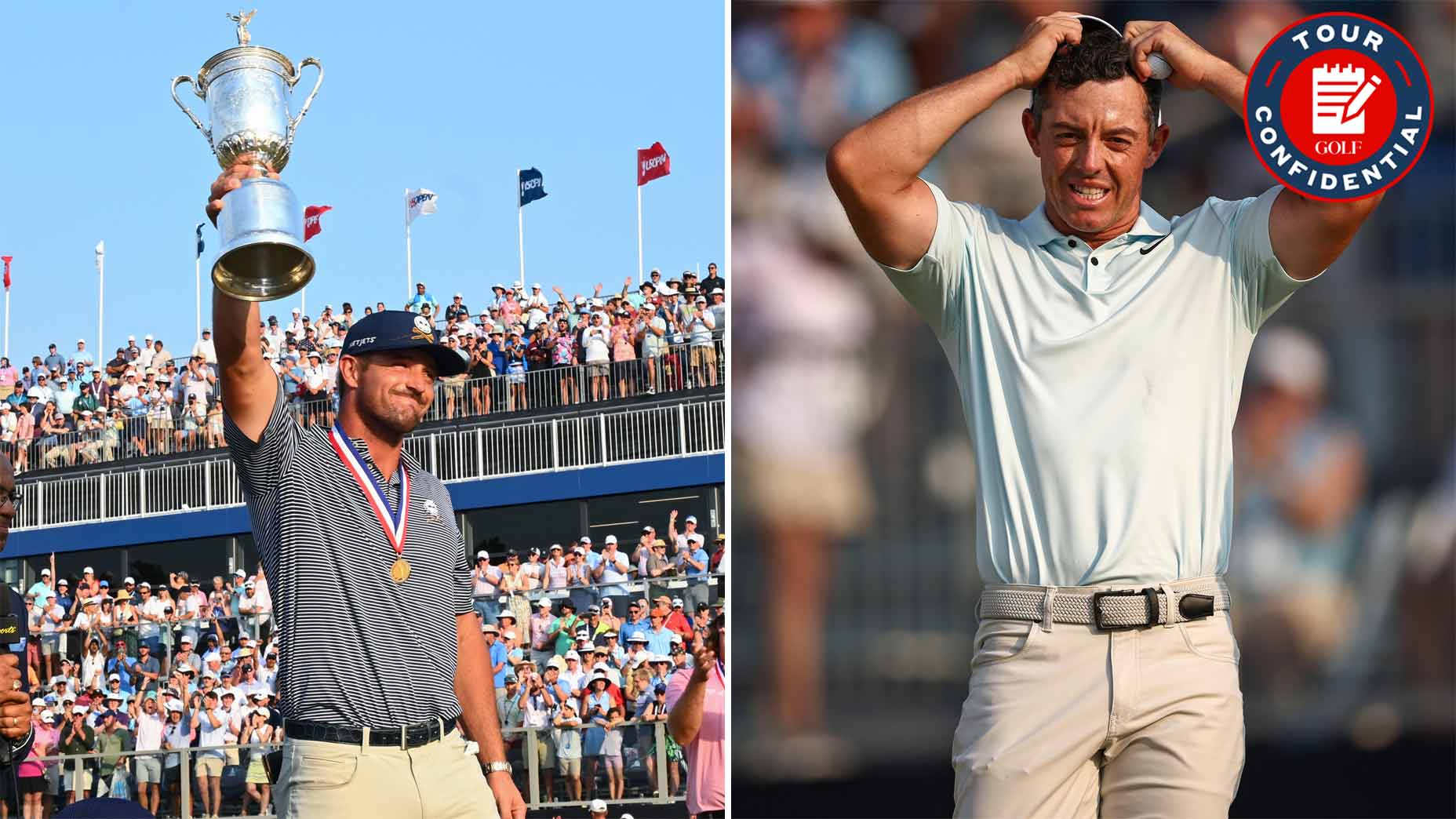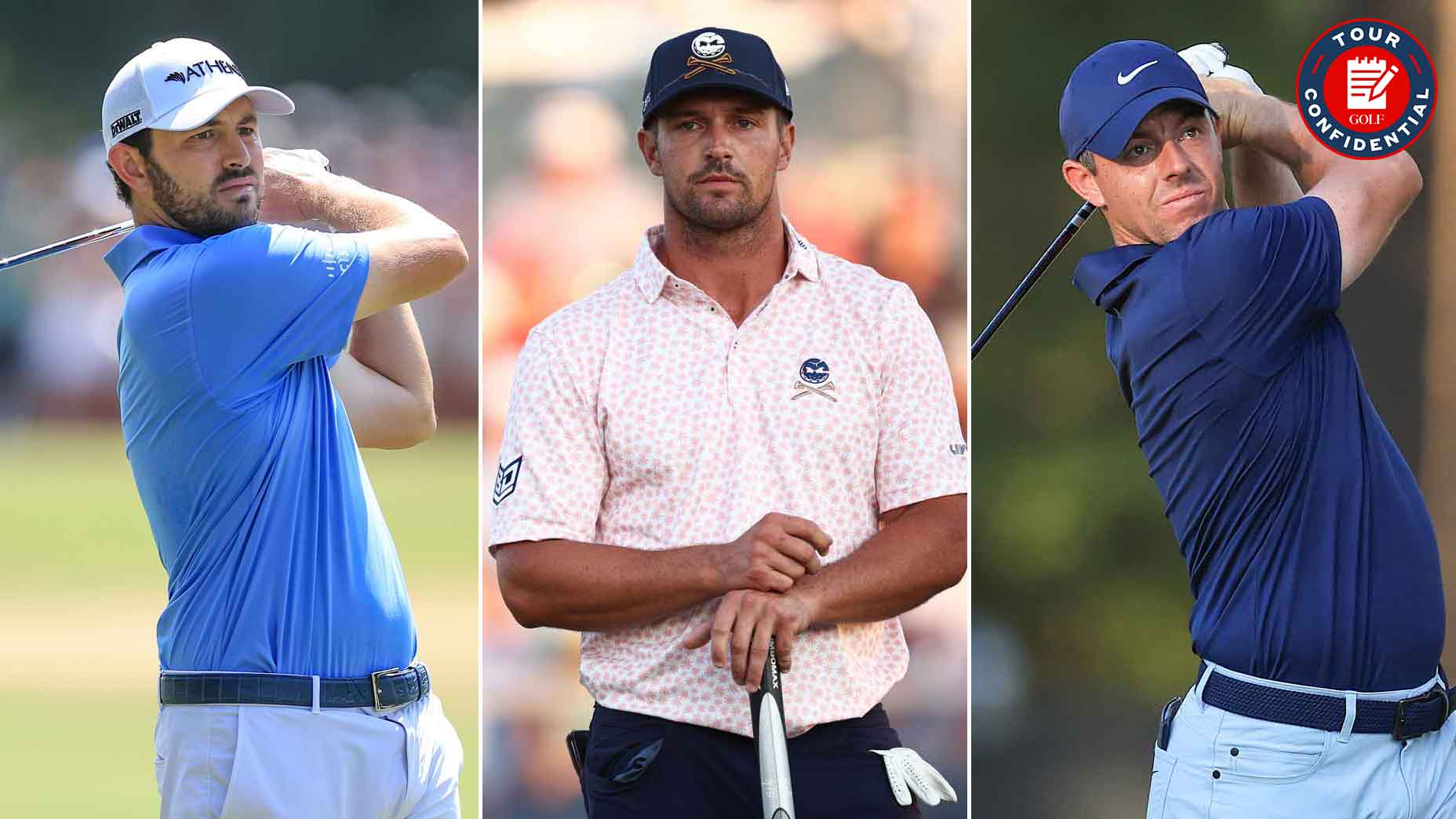Tour Confidential: Is the golf-ball rollback too much? Too little?

In an emergency edition of Tour Confidential, we discuss the USGA and R&A's plan to roll back the golf ball for both pros and amateurs.
Getty Images
Check in every week for the unfiltered opinions of our writers and editors as they break down the hottest topics in the sport, and join the conversation by tweeting us at @golf_com. This week, in an emergency edition of Tour Confidential, we discuss the USGA and R&A’s plan to roll back the golf ball for both professionals and amateurs.
The USGA and R&A have officially decided to rein in the golf ball, crafting a rollback plan that will go into effect in 2028 for professionals and 2030 for recreational golfers. (You can learn more about it here.) For starters, let’s ask an easy one many golfers might be wondering: why does golf need a rollback anyway?
Sean Zak, senior writer (@Sean_Zak): Because two-decades worth of trend-lines say that in 2044, we’ll have pro golfers hitting the ball 340 yards in the air over the course of an entire season. Should that impact the 12 handicap? It’s an easy argument to say no. But we’re all connected in this game. People want to be connected to the golf Rory McIlroy plays. It is going to help the game to slow down the direction top players are taking it.
Jack Hirsh, assistant editor (@JR_HIRSHey): Aside from the fact that some of the game’s great cathedrals are becoming or already obsolete, I think excessive distance is too easy to come by at the amateur level too. For example, my 68-year-old father has played holes exactly the same way as he has since he was my age. But I take lines he’s never even thought of when I don’t hit it much farther (relatively) than he did 40 years ago. Because of lines I can take, I can shorten a hole that on the card would seem like a 7-iron approach to a wedge, while he has hit 4 or 5-iron into the same hole forever. Now, on some of those holes, I’ll probably have to take the line the designer intended me to, evening the playing field.
Ryan Barath, equipment editor (@RDSBarath): I believe the scale of the game has gotten a bit out of hand at the professional level, and that same issue has trickled down to elite amateurs and even to junior golf. Many courses have been relegated to driver-and-short iron contests, and with the goal of golf being a total test of skills, this will bring more skill back to golf as a whole.
According to the governing bodies’ research, the longest professionals are expected to lose about 13-15 yards in driving distance, with average professionals and elite males losing 9-11 yards, LPGA players losing about 5-7 yards and average males with swing speeds of 93 mph or lower to lose about 5 yards. Are those driving losses too much? Too little?
Zak: I’ll take the Content Goldilocks stance and say I think they’re justttt right. Just enough to keep Augusta National from creating a new tee box on Hole 3. Or on Hole 2. Just enough that they might be able to move back up a tee on No. 15. Try your hardest to not think about the changes to your own future game — which for 95% of golfers will be negligible — and realize that this move is still about the longest players in the world. It’s bifurcation lite.
Hirsh: I agree with Sean. You could argue it’s not quite enough for the game’s longest players. However, most recreational golfers won’t notice a difference and some of them can even continue to play the same ball.
Barath: At the very highest level I was expecting a further decrease in distance, but also think that as a whole this could lead to additional changes down the line, so for right now this seems like a great start.
A key part of all of this is to make sure some of golf’s classic golf courses aren’t rendered obsolete by an explosive golf ball and evolving equipment. But USGA CEO Mike Whan said on Golf Channel Wednesday that he’s “got a folder of golf courses we don’t think we can play our elite events. This change is not significant enough to make me take any of those courses out of the folder.” Why isn’t it possible to make those courses playable again, both with this distance rollback and course setup?
Zak: The move isn’t exactly to pull courses OUT of Whan’s magic folder. It’s to keep from putting more courses INTO the folder. The rollback is to keep from adding St. Andrews’ Old Course to that folder. And so when the U.S. Open goes to Merion in 2030, we’ll have two years worth of seeing no one launching it 340.
Hirsh: There’s no doubt in my mind we won’t eventually get back to the same place we’re at now with distance. Equipment isn’t the only issue here, so too is human performance. While there have been advances in the aerodynamics of driver heads in that time, PGA Tour average swing speed has increased 2.7 mph since radar tracking began in 2007. While that might not seem like much, it translates to 4 mph of ball speed and about 8 yards. Yet, average driving distance increased about 11 1/2 yards in that span. So both equipment and human performance are partly to blame, but human performance will make up for the distance the rollback losses in time.
Barath: Unless golf architecture resorts to digging literal trenches to prevent golfers from hitting it to certain places on the course, the overriding advantage will still be distance. Without the ability to lengthen a golf course, any course that isn’t at a specific length or has the infrastructure to host will forever be lost to high-level competitive golf, and that’s unfortunate but it’s just a reality.
What’s an important piece of all of this that isn’t getting enough attention?
Zak: Overall selfishness. Everyone will react to this news with themselves in mind. It’s human nature. But as you read and parse through all the reactions, think about why they’re reacting this way. Keegan Bradley is thinking about himself when he calls it “monstrous.” Most pros are thinking about themselves. Equipment manufacturers are thinking about how much it’s going to cost them in R&D. I’m doing my best to be sympathetic to their worlds being turned sideways. But my assessment of who is being the least selfish? The USGA and R&A and their 20- or 30-year view of where the game was being taken.
Hirsh: That they’re going to look at driver forgiveness next. I think that could be where the game actually becomes bifurcated because you need to give players incentive to not just swing away as hard as they can.
Barath: Jack hit the nail on the head — the fact that they’re ready to start looking at limiting driver speeds and potentially forgiveness could bring even more limitations to golf at the highest level.
So, any parting thoughts?
Zak: I am in the 99.99th percentile of awareness on changes to golf courses with hosting professional tournaments in mind. I study this stuff largely out of boredom. But at every tournament, Tour pros get a pamphlet of changes made to the host course from the previous year. It could be a different length of grass behind a green or a new bunker placed along a fairway, but often it’s a new tee box or two, created in the last 12 months, to make this course a little more challenging, always through lengthening. It happens almost everywhere all year round. At the Charles Schwab and at the Masters and at events in the fall. Every major tournament that revisits one of the best courses in the world often does so with a new tee box. Always lengthening. The USGA and R&A have made a blanket decision to slow down all of that. Good riddance.
Hirsh: I think a lot of the anti-rollback argument comes from the PR perspective that it’s a bad look for the game. “The game is in a great place, why would we make it less fun?” This is bogus because the majority of new golfers probably have no idea about the rollback and probably won’t care or know the difference. To me, it seems the expected mass blowback and negative response didn’t materialize amongst the general golfing population.
Barath: I think like many things in the modern day world, any perceived big announcement brings with it enormous amounts of potential arguments and individuals not willing to look past their own biases to formulate a more educated and balanced response. Nobody ever wants to have something “taken away” and the messaging is going to be the most important part of this change going forward, especially for most recreational golfers.



